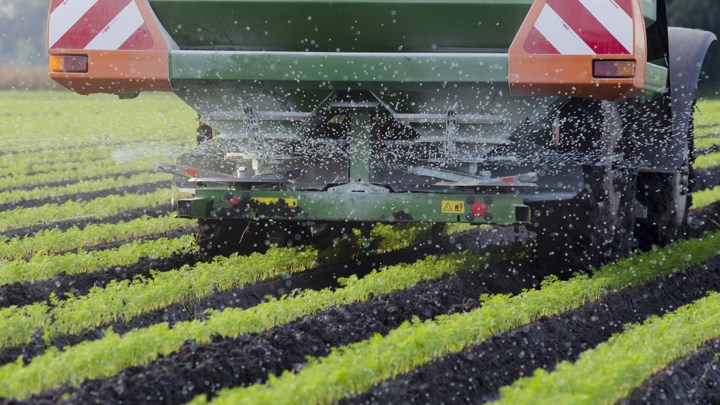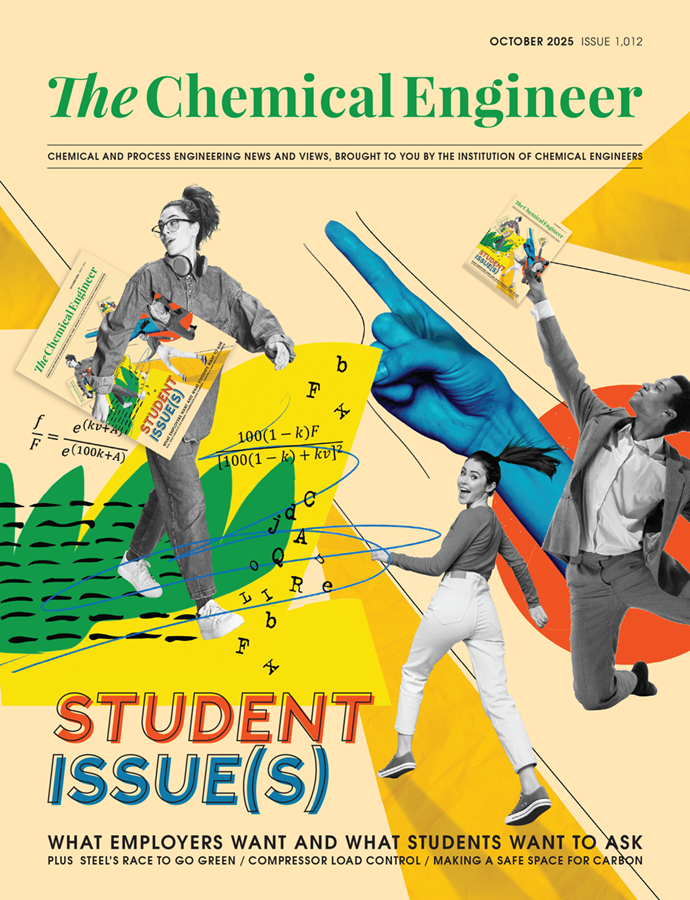Australian researchers develop software to design chemical-free pest killers

RESEARCHERS at the University of Queensland in Australia have developed and tested a software package that designs pest control solutions without relying on synthetic pesticides or genetic modification.
The open-source software package, dsRNAmax, harnesses an existing crop protection method known as RNA interference to target and kill pests and pathogens. Typically, the process involves applying double-stranded RNA (dsRNA) to plants, which interferes with the genes of unwanted organisms such as insects, viruses, fungi, and parasites.
The researchers believe their software is an important step forward in the goal of designing customisable pest killers that can each target a wide variety of pest species without impacting specified “beneficial organisms” – species of insects and microorganisms that aid crop growing.
The research, published in May in NAR Genomics and Bioinformatics, was led by PhD student Stephen Fletcher and Chris Brosnan, a research fellow at the Queensland Alliance for Agriculture and Food Innovation. Fletcher, who led the software development, said their motivation was to create software capable of designing a single dsRNA structure that can be used on “almost anything” while simultaneously having no impact on specified beneficial organisms.
The researchers lab-tested the software by using it to design a single dsRNA structure capable of targeting four species of root-knot nematodes – worm-like parasites measuring around 0.5 mm long. The design included specifications to have no impact on a C. Elegans nematode, known for its susceptibility to RNA interference, to demonstrate the software’s ability of excluding off-target species. Brosnan, who led the lab testing, said the results demonstrated the software’s effectiveness.
Use of dsRNA structures to kill pests and pathogens is seen as a more sustainable alternative to synthetic pesticides. A UN study in 2022 found that pests and pathogens cause annual production losses of around 40%, amounting to US$220bn, but typical methods of protecting crops often involve synthetic pesticides that can be environmentally harmful. Other methods based on the genetic modification of crops, meanwhile, can lead to “regulatory and public acceptance challenges”, the Queensland team says.
The researchers say that software packages similar to dsRNAmax have existed for “decades”, but most attempts have failed to design a single dsRNA structure that can target a wide variety of species while not impacting beneficial organisms. They now plan to optimise the software. “We’ll be using machine learning to improve the design to make our dsRNA 5–10% more effective, which would make a huge difference in a production system,” said Fletcher. “It also means we could use less dsRNA, which will bring down the cost.”
Recent Editions
Catch up on the latest news, views and jobs from The Chemical Engineer. Below are the four latest issues. View a wider selection of the archive from within the Magazine section of this site.




